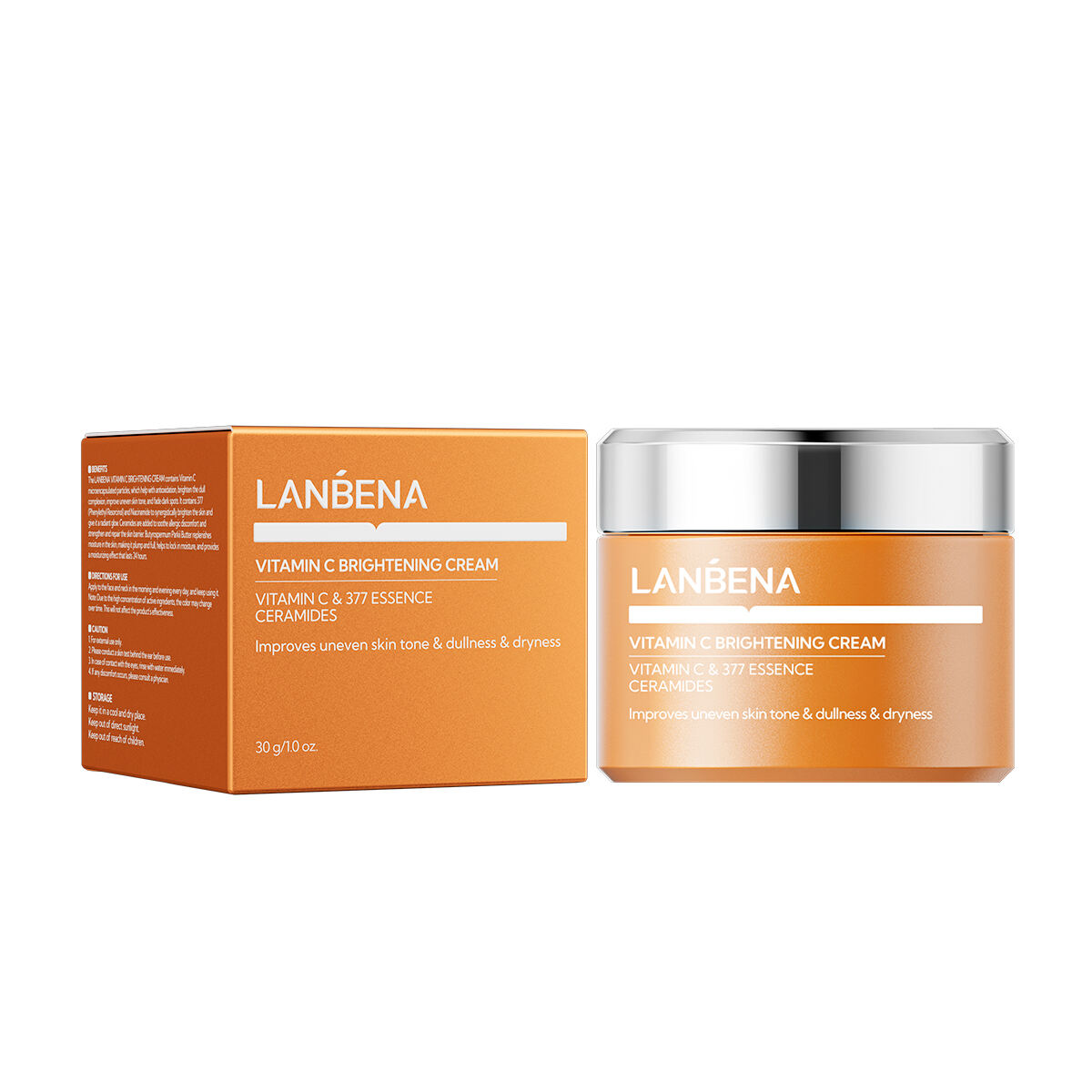Understanding your individual skin characteristics forms the foundation of any successful skincare routine. Many people struggle with ineffective products and disappointing results simply because they haven't properly identified their unique skin needs. Recognizing your specific skin type enables you to select appropriate treatments, avoid harmful ingredients, and achieve the healthy, radiant complexion you desire. This comprehensive guide will explore why skin type identification is essential and how it transforms your entire approach to skincare.
The Science Behind Different Skin Types
Genetic and Environmental Factors
Your skin type is primarily determined by genetic factors that influence oil production, moisture retention, and barrier function. These inherited characteristics dictate how your sebaceous glands produce natural oils, how effectively your skin retains hydration, and how sensitive your skin responds to external stimuli. Environmental factors such as climate, pollution, and lifestyle choices further modify these baseline characteristics, creating unique skincare needs for each individual.
Research shows that sebum production varies significantly among individuals, with some producing excess oils while others struggle with insufficient natural lubrication. Temperature, humidity, and seasonal changes also impact your skin's behavior, meaning your skin type may exhibit different characteristics throughout the year. Understanding these variations helps you adapt your skincare routine accordingly.
Hormonal Influences on Skin Behavior
Hormonal fluctuations throughout life significantly impact skin characteristics and requirements. During puberty, pregnancy, menstruation, and menopause, changing hormone levels alter oil production, sensitivity, and overall skin behavior. These changes can temporarily or permanently shift your primary skin type, requiring adjustments to your skincare approach.
Androgens stimulate sebaceous gland activity, potentially increasing oiliness and acne susceptibility. Estrogen influences skin thickness, collagen production, and moisture retention. Understanding how hormones affect your skin helps you anticipate changes and modify your routine proactively rather than reactively addressing problems after they develop.
Major Skin Type Categories and Characteristics
Normal and Combination Skin Patterns
Normal skin represents the ideal balance of oil production and moisture retention, characterized by small pores, smooth texture, and minimal sensitivity. This skin type maintains proper hydration without excessive oiliness or dryness, responds well to most products, and rarely experiences significant breakouts or irritation. People with normal skin can experiment with various ingredients and formulations without major adverse reactions.
Combination skin presents different characteristics in various facial zones, typically featuring an oily T-zone with drier cheeks and eye areas. This complexity requires targeted treatments for different regions, using lightweight, oil-controlling products on the T-zone while providing additional moisture to drier areas. Managing combination skin successfully involves understanding these distinct zones and their individual requirements.
Oily and Acne-Prone Characteristics
Oily skin results from overactive sebaceous glands producing excess sebum, leading to enlarged pores, frequent breakouts, and shiny appearance throughout the day. While this skin type is prone to acne and blackheads, it also tends to age more slowly due to natural oil protection. Proper care focuses on gentle cleansing, oil control without over-drying, and ingredients that regulate sebum production.
Acne-prone skin may occur with any base skin type but requires special consideration for inflammatory responses and bacterial overgrowth. This condition demands non-comedogenic products, careful ingredient selection, and often professional treatment guidance. Understanding the difference between oily skin and acne-prone skin ensures appropriate treatment approaches.

Consequences of Misidentifying Your Skin Type
Product Selection Mistakes
Using products formulated for the wrong skin type can exacerbate existing problems or create new issues entirely. Heavy moisturizers on oily skin may clog pores and increase breakouts, while harsh, oil-stripping products on dry skin can damage the moisture barrier and increase sensitivity. These mismatches often lead to frustration, wasted money, and delayed progress toward skincare goals.
Many people mistakenly believe their skin is oily when it's actually dehydrated, leading them to use drying products that worsen the condition. Similarly, those with sensitive skin may assume they have dry skin, using rich formulations that trigger reactions. Accurate skin type identification prevents these costly mistakes and accelerates positive results.
Long-term Skin Health Impact
Consistently using inappropriate skincare products can cause lasting damage to skin health and appearance. Over-cleansing oily skin disrupts the natural acid mantle, potentially leading to increased oil production and bacterial imbalances. Under-moisturizing dry skin accelerates aging processes and compromises barrier function, making skin more susceptible to environmental damage.
Chronic irritation from unsuitable products can sensitize previously tolerant skin, creating long-term reactivity and limiting future product options. This cumulative damage often takes months or years to reverse, emphasizing the importance of proper identification from the beginning of your skincare journey.
Professional Assessment Methods and Tools
Dermatological Evaluation Techniques
Professional skin analysis provides the most accurate skin type determination through specialized equipment and expert evaluation. Dermatologists use tools like sebum tape tests, pH measurements, and digital skin analyzers to quantify oil production, hydration levels, and barrier function. These objective measurements eliminate guesswork and provide precise data for product selection.
Advanced diagnostic techniques include transepidermal water loss measurement, which assesses barrier integrity, and comedone extraction analysis to evaluate pore behavior. Some professionals use Wood's lamp examination to identify underlying pigmentation issues and bacterial presence that may influence treatment decisions.
At-Home Assessment Strategies
Simple home tests can provide valuable insights into your skin type characteristics. The bare-face test involves cleansing your skin and observing oil production patterns over several hours without applying any products. Areas that become shiny quickly indicate oily zones, while areas that feel tight or flaky suggest dryness.
The tissue paper test involves gently pressing clean tissues to different facial areas after cleansing to detect oil residue. Regular self-observation throughout different seasons and hormonal cycles builds understanding of your skin's changing needs and helps identify patterns that influence product effectiveness.
Customizing Skincare Routines by Type
Ingredient Selection Strategies
Each skin type benefits from specific ingredient categories that address its unique challenges and support optimal function. Oily skin responds well to salicylic acid, niacinamide, and clay-based treatments that control sebum and minimize pore appearance. Dry skin requires hyaluronic acid, ceramides, and natural oils that restore moisture and strengthen barrier function.
Sensitive skin needs gentle, fragrance-free formulations with soothing ingredients like allantoin, colloidal oatmeal, and centella asiatica. Combination skin benefits from targeted treatments using different products for different facial zones, allowing customized care for varying needs within the same routine.
Routine Frequency and Timing
Understanding your skin type guides not only product selection but also application frequency and timing for optimal results. Oily skin may tolerate daily exfoliation and multiple cleansing steps, while sensitive skin requires gentler, less frequent treatments to avoid irritation. Dry skin benefits from layering multiple hydrating products and may need morning and evening moisturizing routines.
Seasonal adjustments become easier when you understand your baseline skin type and how environmental factors influence its behavior. Summer routines may require lighter formulations for oily skin, while winter demands heavier protection for dry skin types. This adaptability ensures year-round skin health and appearance.
FAQ
Can your skin type change over time
Yes, skin type can evolve due to aging, hormonal changes, medications, climate changes, and lifestyle factors. While genetic predisposition remains constant, external influences can shift your skin's behavior patterns. Regular reassessment ensures your skincare routine adapts to these changes and continues meeting your skin's current needs effectively.
How long does it take to see results after switching to appropriate products
Most people notice initial improvements within 2-4 weeks of using products suited to their skin type, though complete transformation may take 8-12 weeks. Skin cell turnover occurs approximately every 28 days, so patience is essential when evaluating new routines. Consistency and gradual introduction of new products produce the most sustainable results.
Is it possible to have multiple skin types simultaneously
Combination skin demonstrates that different facial areas can exhibit distinct characteristics simultaneously. Additionally, underlying conditions like dehydration can mask true skin type, making skin appear oily when it's actually lacking water. Professional assessment helps distinguish between primary skin type and temporary conditions requiring different treatment approaches.
What should you do if home skin type tests give inconsistent results
Inconsistent results often indicate combination skin, hormonal fluctuations, or external factors affecting skin behavior. Track your observations over several weeks, noting patterns related to menstrual cycles, weather changes, or product usage. If confusion persists, professional dermatological consultation provides definitive answers and personalized recommendations for your specific situation.

